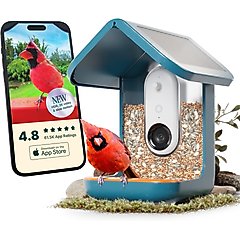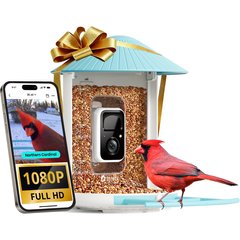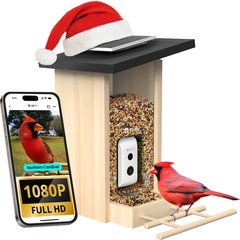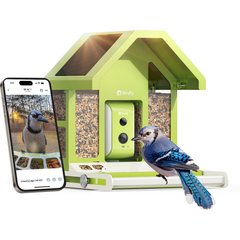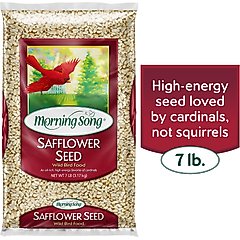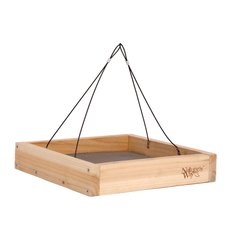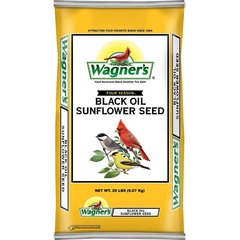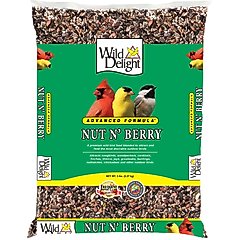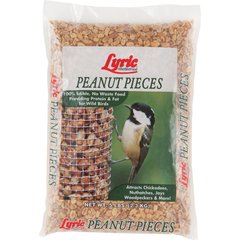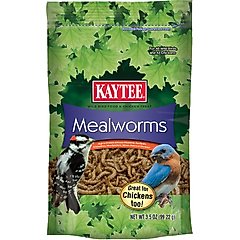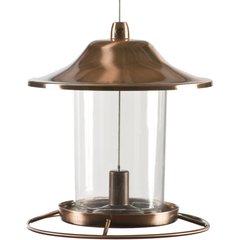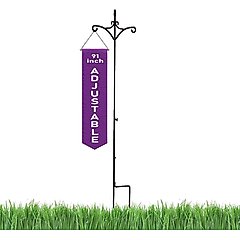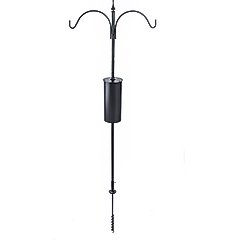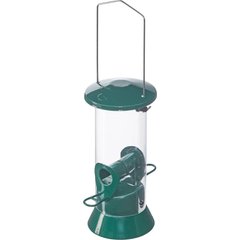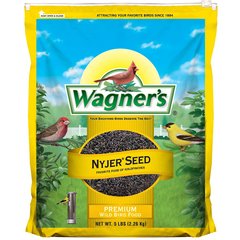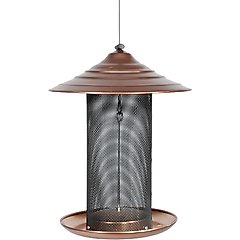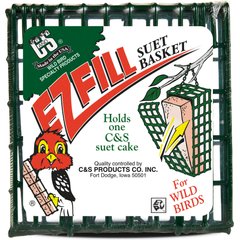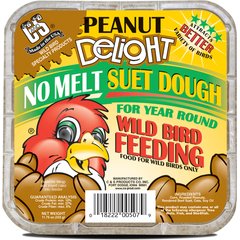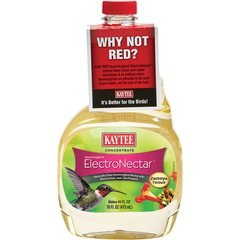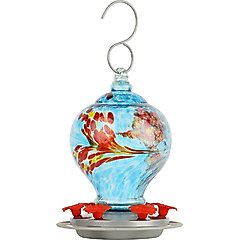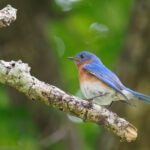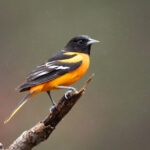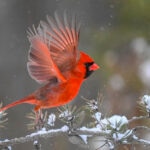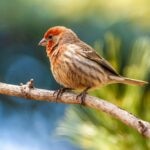The Best Bird Feeders (And Feed!) for Different Species
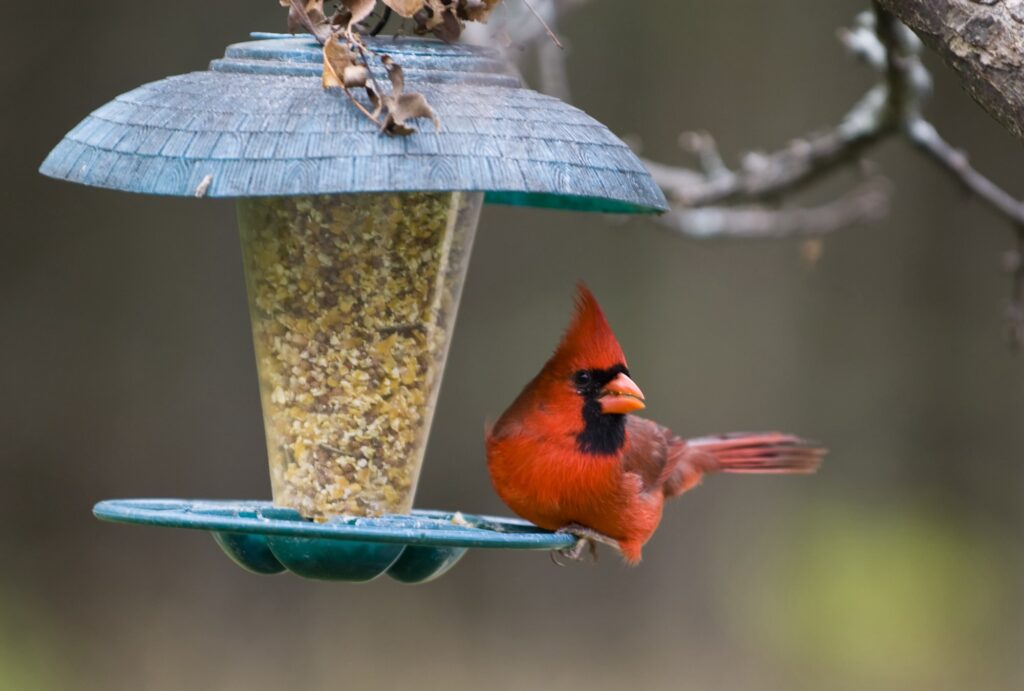
Photo by doug4537/E+ via Getty Images
At any given time, there are probably at least a dozen different types of birds in your neighborhood. And if you put a feeder and feed out, birds will come, says Noah Perlut, Ph.D., ornithologist and assistant academic director of the School of Marine and Environmental Programs at the University of New England.
One of the most exciting parts of attracting birds to your yard—besides getting to see feathered friends up close and personal—is that you have some control over which species show up.
Whether you have your sights set on colorful finches or something a little more elusive, there’s a bird feeder for just about every bird and backyard. Here are the best bird feeders for your ideal species.
Smart Feeders
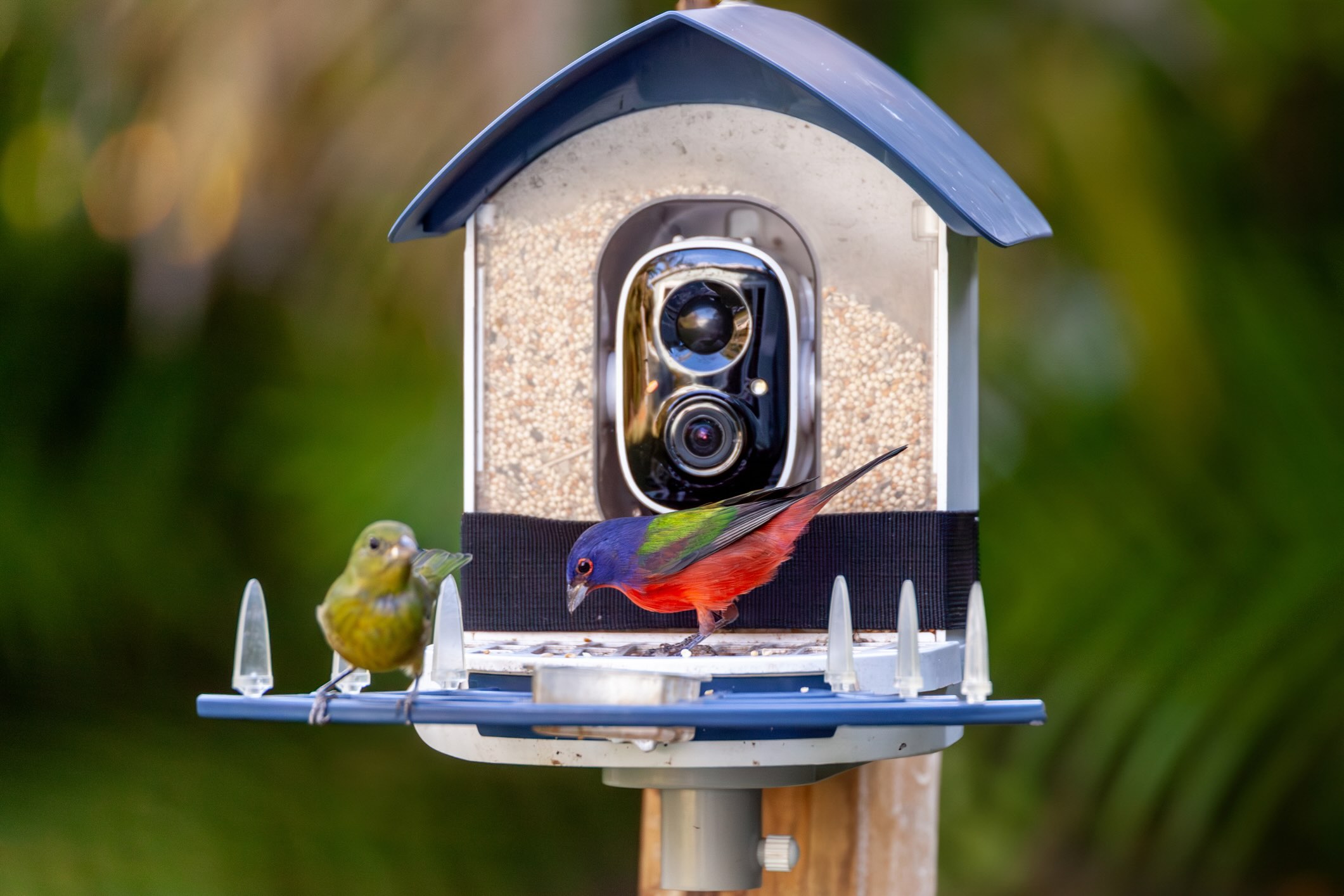
Photo by LagunaticPhoto/iStock / Getty Images Plus via Getty Images
Dr. Perlut says the magic of bird feeders is that they give us a chance to connect with birds in close proximity. But if you really want a front-row seat to the world of birds, a smart bird feeder, such as the Bird Buddy PRO Solar Smart Bird Feeder, the Birdfy Smart Bird Feeder with AI Camera, or Birdfy’s Wooden or Metal Smart Feeders, may be your best choice.
Recommended Products
With crisp videos and photos, you’ll catch every vibrant feather in true-to-life color and pick up on details you might otherwise miss, like the shape of a bird’s beak. That detail matters, Dr. Perlut says, because a bird’s beak can tell you exactly what kind of seed they eat.
For instance, add safflower (squirrels tend to not like the taste!) to your smart feeder to attract birds like:
- Cardinals
- Finches
- Titmice
- Buntings
- Doves
- Juncos
- Woodpeckers
- Wrens
- Jays
Recommended Product
Many smart bird feeders require a monthly subscription to unlock premium features. With the free version of Bird Buddy, you’ll have access to the live stream, but features like species identification, video storage, and high-resolution photo sharing are only available with a paid plan.
Platform Feeders
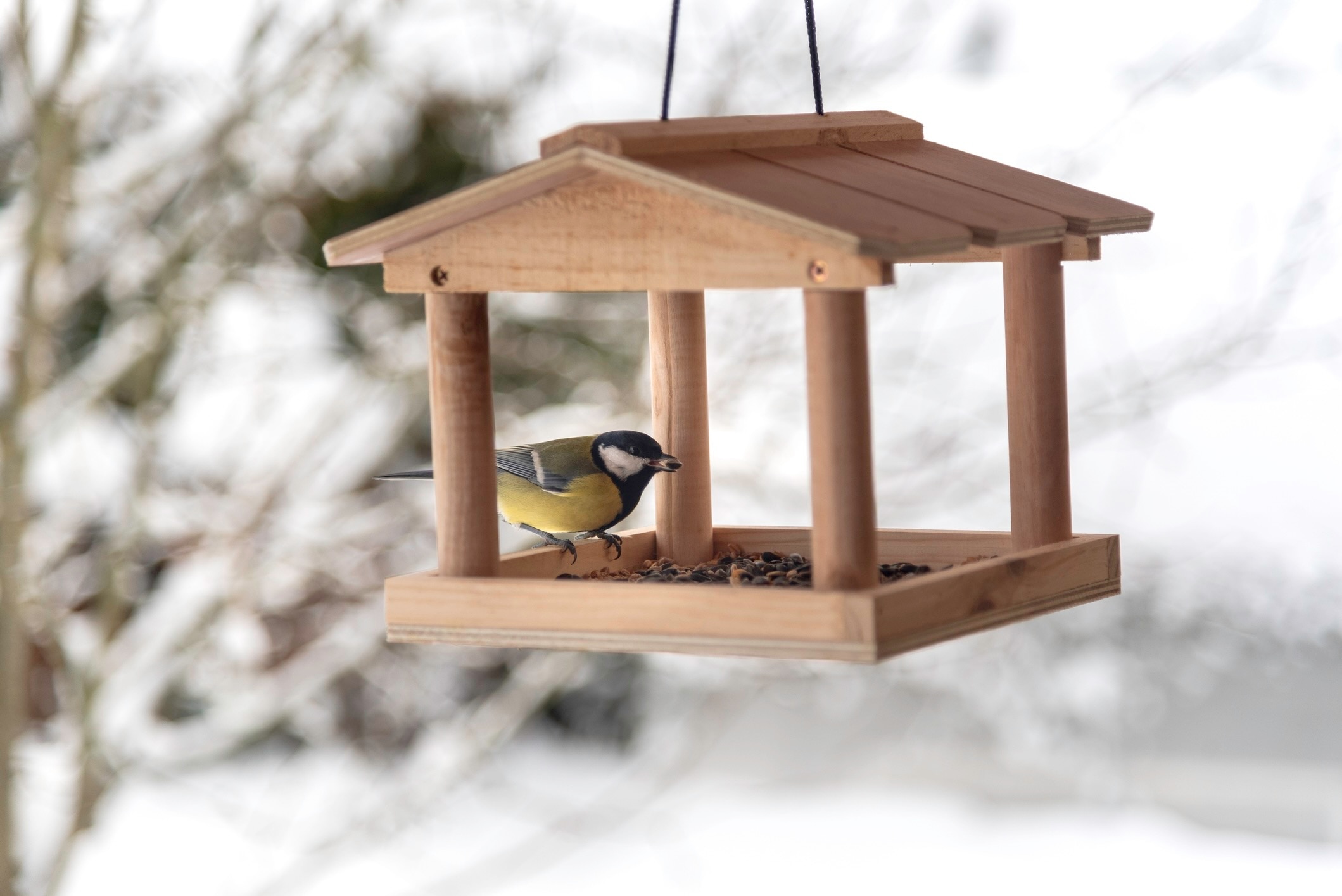
Photo by Julija Kumpinovica/iStock / Getty Images Plus via Getty Images
When choosing the best bird feeder, Dr. Perlut recommends considering how birds will interact with the feeder and how you’d like to observe them.
Take platform bird feeders, like this Nature’s Way feeder, for example. Also known as tray feeders, they have open and flat square or rectangular bases where birds can perch to eat.
Recommended Product
Because the birds sit to eat rather than grab and go, you’ll get longer viewing opportunities. But this also means seed hulls and droppings often end up in the feed, so you’ll want to clean this feeder often.
“Eating infected food can make birds and other animals sick,” says Amanda Martinez, habitat hero senior coordinator at Audubon Rockies.
Platform feeders are a great pick if you want to experiment with different wild bird foods to see which birds stop by. Their wide, flat trays make it easy to offer everything from black oil sunflower seeds to fruit mixes, peanuts, or mealworms.
Recommended Products
Platform feeders can be hung or mounted on top of poles to attract:
- Cardinals
- Jays
- Doves
- Sparrows
- Finches
- Towhees
- Pigeons
- Grosbeaks
- Blackbirds
- Woodpeckers
You can also place a platform feeder on the ground to attract ground-feeding birds such as:
- Juncos
- Sparrows
- Towhees
- Mourning doves
Hopper Feeders
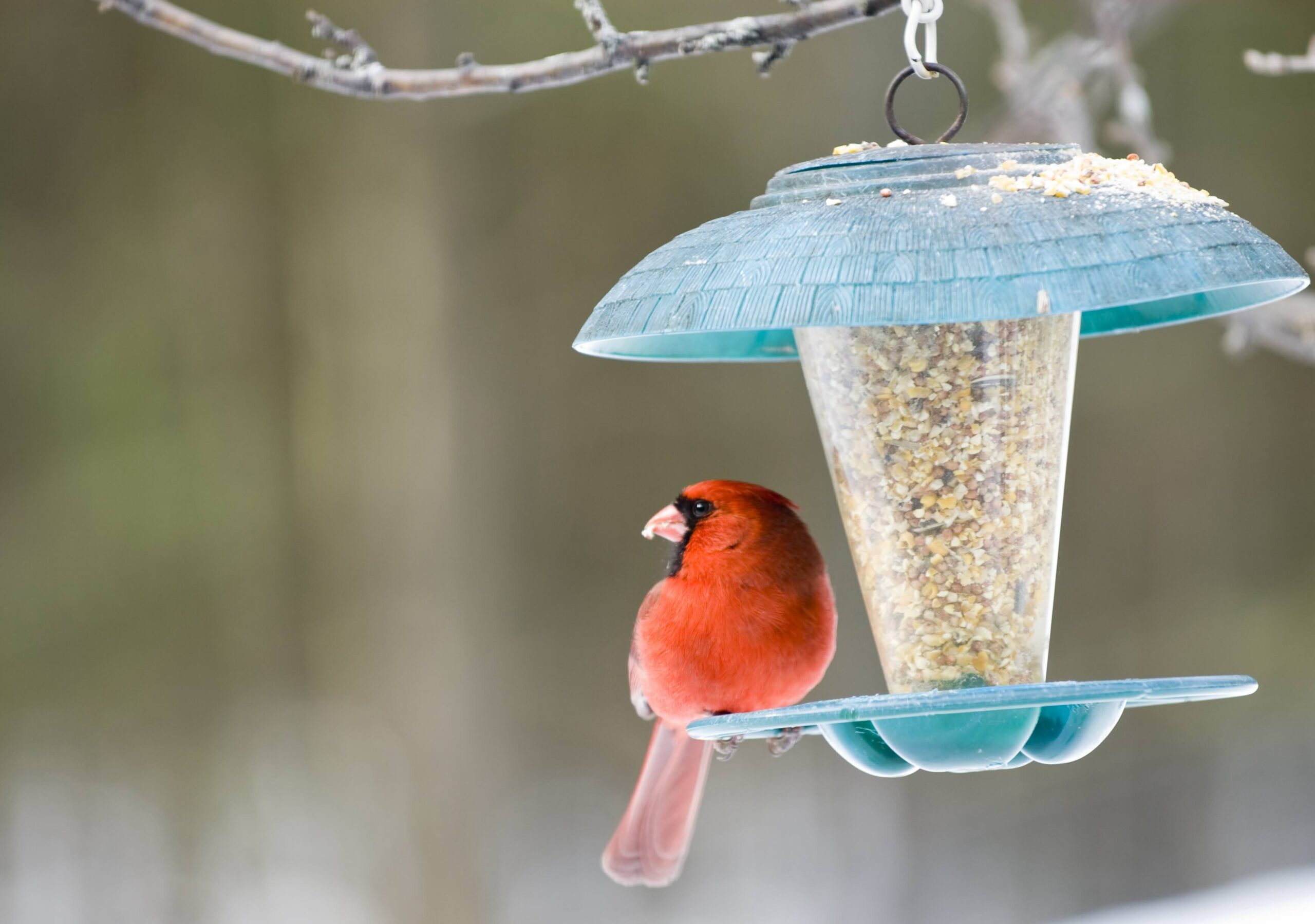
Photo by doug4537/E+ via Getty Images
Unlike platform feeders, which leave seeds exposed to the elements, hopper bird feeders like the Perky-Pet Panorama Feeder have a covered central reservoir that stores birdseed and gravity-feeds it into a tray. The roof shields the seed from rain and snow, making it a great option for year-round use.
Recommended Product
“Bird feeders definitely help birds in the winter when food is scarcer,” Martinez says. But since birds tend to grab a quick snack without lingering at hoppers, you’ll likely get a shorter viewing experience.
The Perky-Pet Panorama Bird Feeder holds 2 pounds of seed, providing plenty of fuel for migrating birds in the spring and fall, as well as summer birds who need to keep their little ones fed.
Hang your hopper feeder from a sturdy shepherd’s hook or pole mount.
Recommended Products
Then, add black oil sunflower seeds and safflower seeds to attract a wide variety of birds, including:
- Cardinals
- Finches
- Jays
- Sparrows
- Chickadees
- Nuthatches
- Doves
- Grosbeaks
- Woodpeckers
Tube Feeders

Photo by LindaE/iStock / Getty Images Plus via Getty Images
Tube bird feeders don’t have a platform to perch on. Instead, they’re cylinder-shaped and feature multiple perches. Small tube feeders, like this one from Bird’s Choice, can be filled with nyjer to attract small birds, while deterring larger species like jays from taking over.
Recommended Products
Birds commonly drawn to small tube feeders include:
- Chickadees
- Finches
- Siskins
- Nuthatches
- Titmice
If you don’t mind the jays, you can opt for a large tube feeder. These can hold a variety of seeds, nuts, or blends. Birds commonly attracted to large tube feeders include:
- Cardinals
- Jays
- Sparrows
- Grosbeaks
- Blackbirds
Tube feeders can get messy, and they’re a favorite target for squirrels. “If you place your feeder 10 feet away from tree branches or structures, and then also have a baffle underneath your bird feeder,” Dr. Perlut says, “you’re in pretty good shape to have a relatively squirrel-free bird feeder.”
Recommended Product
Thistle and Mesh Feeders
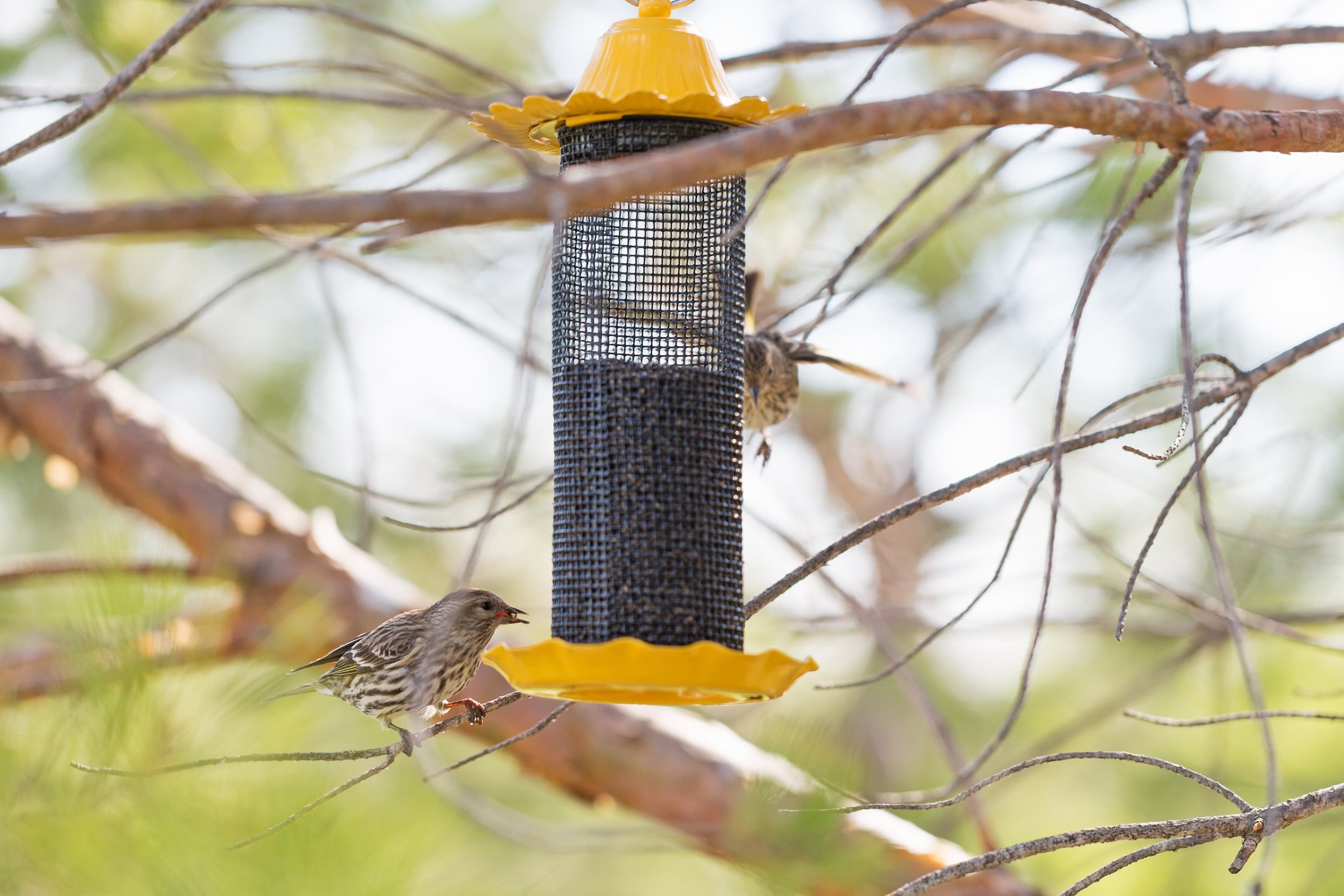
Photo by skhoward/iStock / Getty Images Plus via Getty Images
Unlike the more versatile feeders that can attract a wide range of birds depending on the seed you choose, thistle and mesh bird feeders—also called nyjer feeders—are more specialized. These feeders are designed specifically for clinging birds who love the tiny nyjer seed, such as:
- Goldfinches
- Pine siskins
- Common redpolls
- Indigo buntings
- Chickadees
For the best bird-watching bang for your buck, go with a feeder that lets birds cling, perch, or even feed upside down—like the Audubon Brushed Copper Feeder. It can hold up to 5 pounds of nyjer and feed multiple birds at once thanks to its cylindrical screen.
Recommended Product
Suet Feeders
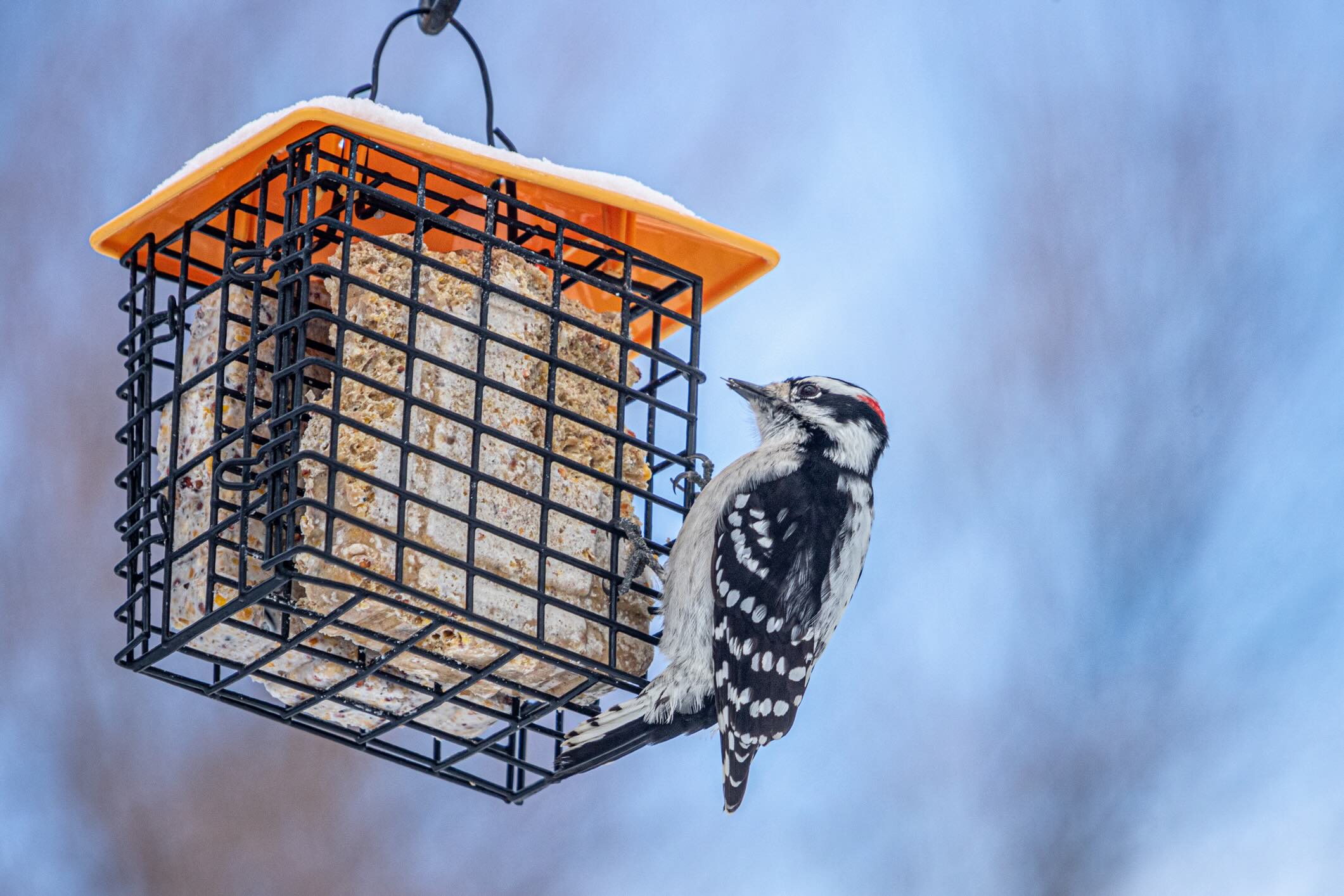
Photo by marcophotos/E+ via Getty Images
Suet is a high-energy bird food made from animal fat mixed with seeds, nuts, or other ingredients. It’s especially popular with birds in winter, but you can offer it year-round.
Place suet cakes in a wire basket–style suet bird feeder, like the C&S EZ Fill Basket, which holds the suet securely and makes it easy for birds to cling and feed.
Recommended Products
Suet feeders commonly attract:
- Woodpeckers
- Nuthatches
- Chickadees
- Titmice
- Jays
- Wrens
- Starlings
- Warblers
- Bushtits
- Cows
- Robins
- Sparrows
Nectar Feeders
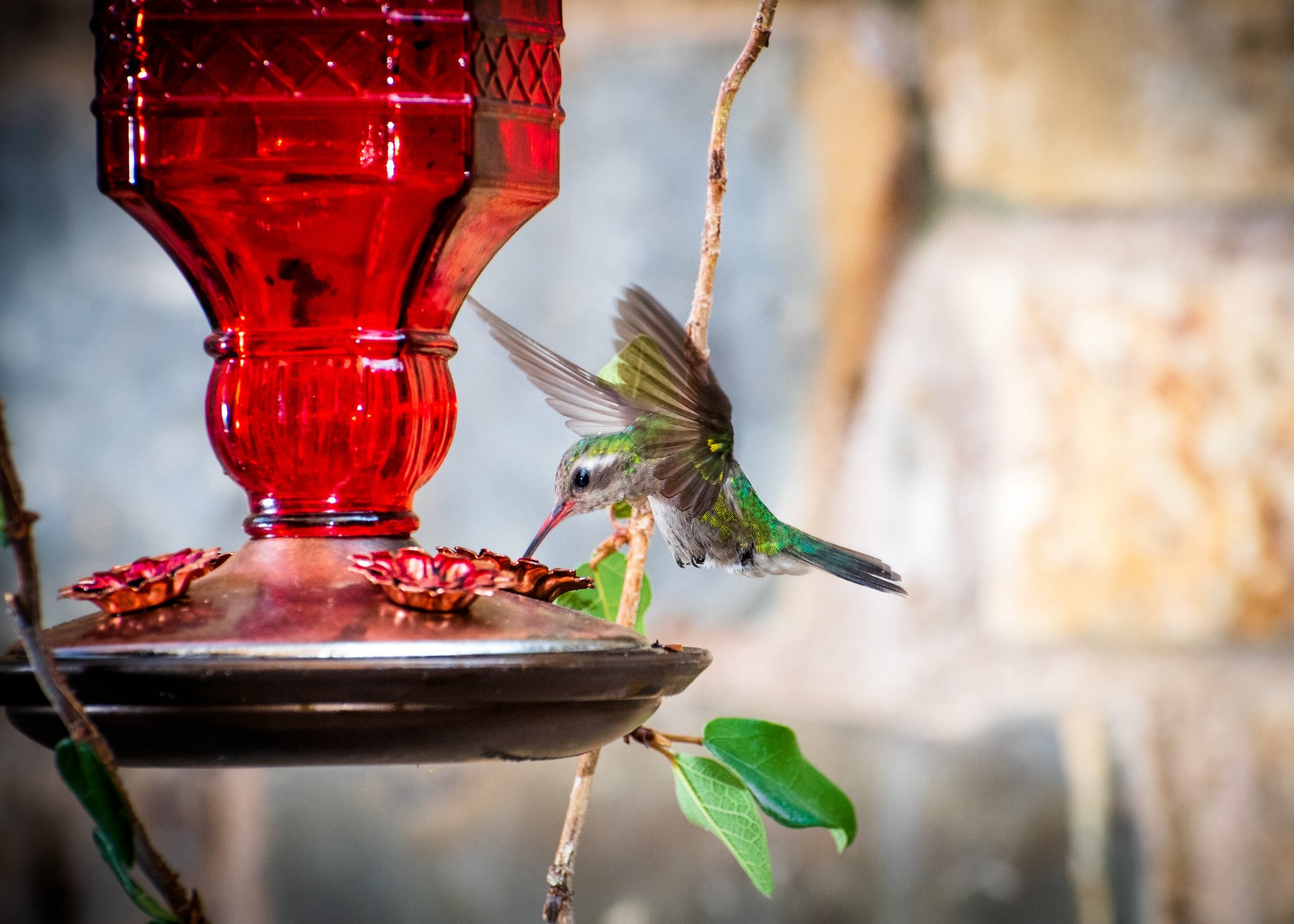
Photo by Monica Garza Maldonado/iStock / Getty Images Plus via Getty Images
Nectar feeders are a fun way to enjoy views of flittering visitors like hummingbirds and orioles.
Simply fill your hummingbird feeder with hummingbird nectar. Or, you can make a simple syrup made from white sugar and water (1:4 ratio)—no need for red dye or food colorings, Martinez says. As long as your nectar is fresh, you’re likely to get plenty of guests—even year-round if you live in the Pacific Northwest.
Recommended Product
However, nectar feeders require a bit more upkeep than seed feeders. “Hummingbird feeders really need to be cleaned much more regularly—every day or two,” Dr. Perlut says.
Without frequent cleaning, nectar can attract ants or grow mold, which can be dangerous to birds. Feeders made of glass and metal, such as the Nature’s Way Artisan Hummingbird Feeder, are a better bet than plastic ones because they’re less prone to bacterial buildup.
Recommended Product
Even if the feeder is labeled dishwasher safe, handwashing is best. “Avoid dish soaps and detergents because they can leave harmful residues behind,” Martinez says. “After that, you should soak the feeder in a 50/50 solution of water and vinegar, which helps sanitize it.”
FAQs About Bird Feeders
How often should I clean my bird feeder?
“Clean your seed and suet feeders at least every other week, and more frequently in humid or hot weather,” Martinez says. If you notice wet seed, heavy feeder use, or signs of sick birds, clean your feeder more often.
Nectar feeders, on the other hand, need more frequent cleaning, every two to five days. “If the nectar becomes cloudy or you spot any mold, dispose of the solution immediately and clean the feeder,” Martinez says.
What bird feeders work best?
You really can’t go wrong when purchasing any backyard birdfeeder, Dr. Perlut says. Whether you choose a platform, tube, hopper, suet feeder, or another style, you’re likely to attract birds—it just depends on the kind of experience you want.
Some feeders offer longer viewing windows, others require less upkeep, and some include clever features like bird identification. So don’t stress too much about picking the “right” feeder—just getting started is enough to bring feathered visitors your way.
What bird seed should I use in my feeder?
If you’re ever unsure what kind of seed to use in your feeder, Dr. Perlut says the packaging on most feeders includes a guide to help you choose. And if it’s not on the feeder, it’s on the food bags.
Just keep in mind that bird species vary by region, so for less specialized feeders, the packaging may overestimate which birds you’ll actually see.
